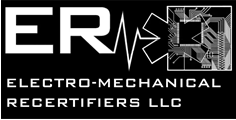AT&T’s efforts to eliminate environmentally unsound manufacturing processes have included development of alternative fluxing and cleaning operations for use during printed-circuit board assembly. Innovations have been necessary because of health and stratospheric ozone depletion concerns. For wave-soldered through-hole assembly, elimination of solvent cleaning processes has been facilitated by detergent underbrush cleaning. Waste disposal problems associated with the detergent have been alleviated by “semi-aqueous” underbrush cleaning that uses an emulsion of water and a naturally-derived terpene hydrocarbon solvent. Improved surface insulation resistance of aggressive water soluble fluxes has allowed aqueous cleaning for products compatible with total immersion. Low solids, no-clean fluxes that leave minimal residue have eliminated the cleaning step for many products. For surface mount applications, where underbrush cleaning is not applicable, spray cleaning with terpene followed by water rinse has proven effective. Safety concerns about spray flammability and low flash temperature have been resolved, and excellent cleaning results have been obtained with a production machine running at AT&Ts Merrimack Valley facility. Click here to download and read the full PDF.
Source: AT&T Technical Journal March/April 1992
Author(s):
George M. Wenger
David A. Dickinson
Gregory C. Munie
Gregory P. Tashjian
Robert G. Furrow

Recent Comments